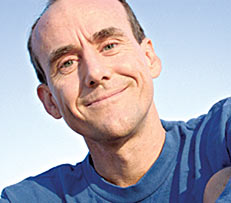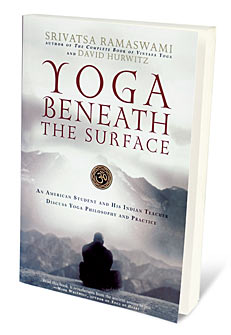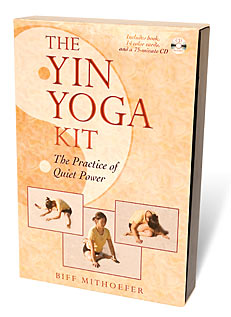Matt Amsden launches his L.A.-based raw-food delivery service in New York.
Do you like broccoli when it’s been boiled so long that you can mush a floret with your tongue instead of chewing it? According to raw-foodists, you’re not getting much more nutrition than you would from a bowl of air. The raw-food movement is already well under way in New York and if you haven’t jumped on board yet, Matt Amsden will come to you. The 30-year-old founder of RAWvolution, an L.A.-based meal delivery service, began eating a diet of exclusively uncooked, vegan food at 21. After becoming an integral part of the West Coast raw-food scene, Amsden launched RAWvolution in 2001, and soon was counting Cher and Alicia Silverstone among his clients. This month he brings his convenient, healthy food to Gotham.
Why did you decide to launch RAWvolution in New York?
New York is ready for raw food. And most of our shipments out of L.A. are to the East Coast already. This is a takeout oriented city: If it’s made easy, people will do it.
Why go raw?
The benefits are innumerable, but the main thing is how great it makes you feel. Not long after I started [eating this way], my mind got really clear. And if you need to lose weight, you will—I know people who’ve lost more than 100 pounds. Raw food has 80–85 percent more nutrition in general. In cooked food, the enzymes necessary for digestion are mostly destroyed. Enzymes are involved in every metabolic process in the body. If you’re always eating denatured food, you’ll always be hungry. I don’t get headaches or colds anymore and my digestion is great.
When you first went raw, did you miss things?
Definitely. I went cold turkey from eating junk food to 100 percent raw. It’s not what I recommend, but it’s what I did. I had a visceral craving for corn chips—corn chips were like heroin.
Any particular brand?
[Laughs] Any kind of fix would have done it at the time. As long as it was salty and crunchy.
Where did the name RAWvolution come from?
There’s a lot of craziness, fighting and unhappiness in the world. We all need to clean out. I became calmer and happier with a better diet. We call it the RAWvolution because it’s a revolution with food, but it’s also doing something better for the world.
Visit rawvolution.com or call 800-9976-RAW. $110–$140 per delivery (includes two soups, four entrées, four side dishes and two desserts).









